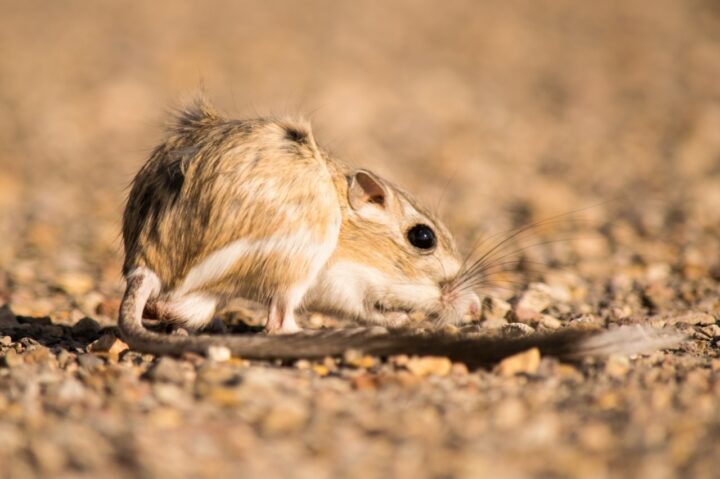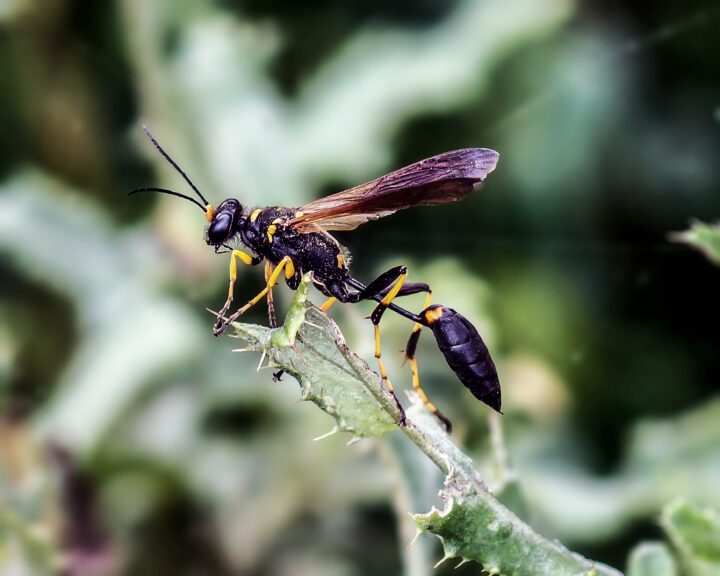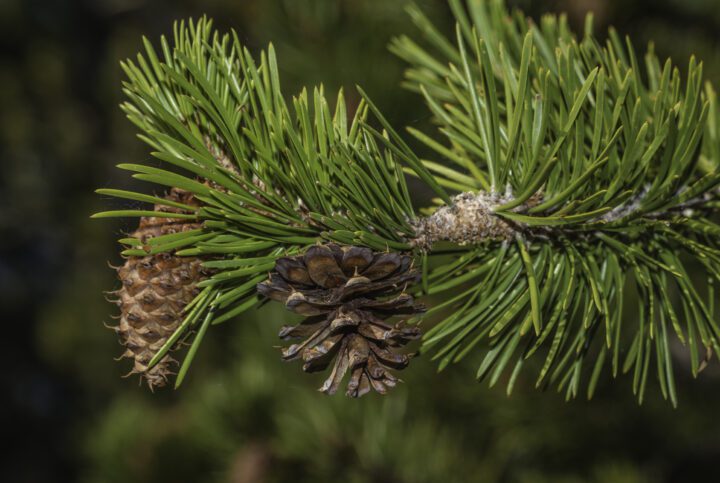Patterns on the surface of pollen grains form without using energy
Beautifully crafted architecture isn’t limited to human-made structures. Nature is rife with ornate structures, from the spiraling fractal patterns of seashells to the intricately woven array of neurons in the brain.
The microscopic world contains its fair share of intricate patterns and designs, such as the geometric patterns on individual grains of pollen. Scientists have been fascinated by these intricate structures, which are smaller than the width of a human hair, but have yet to determine how these patterns form and why they look the way they do.
It was originally thought that pollen spheres are formed by a ‘buckling’ mechanism. Buckling occurs when materials are strong on the outside but pliable on the inside, causing the structure to shrink inwards and form divots, or “buckles,” on the surface.
However, it is now believed that pollen patterns occur by a process known as phase separation, which physicists have found can also generate geometric patterns in other systems. An everyday example of phase separation is the separation of cream from milk; when milk sits at room temperature, cream rises to the top naturally without any additional energy, like mixing or shaking.
This “default” tendency of developing pollen spores to undergo a phase separation then leads to detailed and concave patterns. However, if plants pause this natural pattern-formation process by secreting a stiff that prevents phase separation, for example, they can control the shapes that form. These plants tend to have pollen spores that are smoother and more spherical. Surprisingly, the smooth pollen grains, which require additional energy, occur more frequently than ornate grains, suggesting that smooth grains may provide an evolutionary advantage.
This biophysical framework will now enable researchers to study a much larger class of biological materials, and see if the same rules can explain much more intricate architectures in biology, like the bristles of insects or the cell walls of plants.
Story source: University of Pennsylvania
Watch this video from Science Magazine to learn more about pollen and what it can teach us:
This content marked as “Google Youtube” uses cookies that you chose to keep disabled. Click here to open your preferences and accept cookies..







